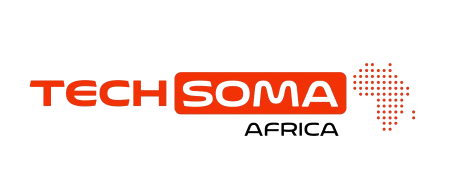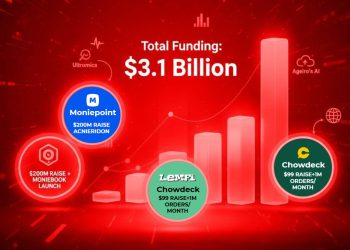The question of whether Africa can utilize nuclear energy targets the readiness to integrate nuclear energy into the continent’s development strategy. Nuclear power offers low-carbon, reliable electricity, but its adoption in Africa depends on addressing a blend of technical, financial, and institutional challenges.
The Case for Nuclear in Africa
- Reliable, 24/7 power: Unlike solar and wind, nuclear reactors produce steady electricity regardless of weather or daylight. This makes them valuable for stabilizing grids and supporting industrial loads.
- Support for industrialization: Africa’s growing manufacturing, mining, and processing industries need a constant high-power supply, something nuclear is well-suited to provide.
- Water security: Nuclear plants, especially coastal ones, can power large desalination facilities to alleviate water scarcity.
- Efficient land use: Compared to solar or wind farms, nuclear plants generate far more energy per square meter, making them practical for land-constrained areas.
Is Africa Starting From Zero?
Not entirely.
- South Africa already operates the Koeberg plant and has decades of nuclear regulation and operation experience.
- Uranium-rich nations such as Namibia and Niger are already part of the global nuclear fuel supply chain.
- Several countries, including Egypt, Ghana, Kenya, and Nigeria, have engaged with the International Atomic Energy Agency (IAEA) to assess readiness and plan nuclear programs.

Big Reactors or Smaller, Modular Units?
- Large reactors (1–1.6 GW) can supply huge amounts of power but require very strong grids and long build times.
- Small Modular Reactors (SMRs) (5–300 MW) could be a better fit for many African grids, industrial zones, and mining sites. They are quicker to build, potentially cheaper to finance, and can be added gradually as demand grows.
What Needs to Happen for Africa to Use Nuclear?
- Financing Models
Nuclear projects need billions in upfront investment. Creative approaches, like Build-Own-Operate (BOO) agreements, export credit agency backing, and partnerships with industrial offtakers, will be essential. - Regulatory Capacity
Countries must have strong, independent nuclear regulators, trained staff, and safety oversight aligned with IAEA standards. - Grid Readiness
Many African grids cannot yet absorb a large reactor’s output without upgrades. SMRs or regional power sharing through interconnected grids could help. - Waste Management
Solutions include vendor take-back programs for spent fuel, regional storage facilities, and eventual shared disposal sites with international support. - Public Trust
Successful adoption depends on transparent communication, environmental monitoring, and tangible local benefits like jobs and community infrastructure.
Special African Applications
- Coastal desalination for water-stressed cities
- Mine-site SMRs to replace costly diesel generation
- Industrial process heat for cement, fertilizer, and steel production
- Green hydrogen production by combining nuclear with renewables
A Realistic Path Forward
- Near term (2025–2030): Build regulatory capacity, secure financing, and choose proven reactor designs.
- Medium term (2030–2035): Begin construction of first units—possibly a mix of one large plant and a few SMR pilots.
- Long term (2035+): Standardize designs, expand regional interconnections, and integrate nuclear into a renewable-heavy energy mix.
Conclusion:
Africa can utilize nuclear energy, but success hinges on preparation, partnerships, and phased deployment. If approached strategically, nuclear could become a backbone of clean, reliable power for Africa’s industrialization, water security, and economic growth.














